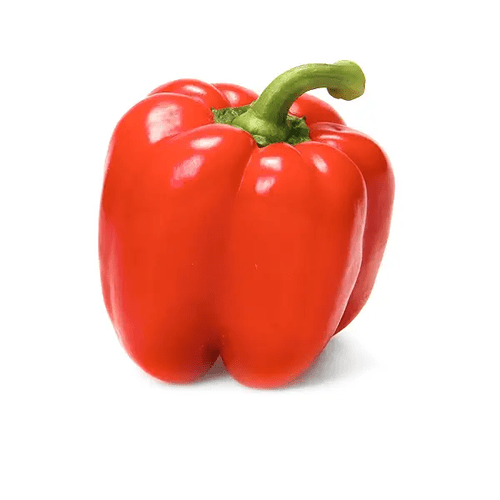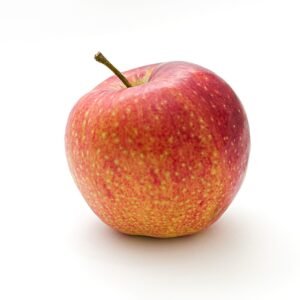Introduction to Red Pepper
Red pepper, also known as bell pepper or sweet pepper, is a vibrant and versatile vegetable that adds not only color but also a unique flavor to a wide range of dishes. This article delves into the various culinary uses of red pepper, highlighting its benefits and ways to incorporate it into your cooking.
Nutritional Benefits of Red Pepper
Red peppers are rich in vitamins and antioxidants, making them a nutritious addition to your diet. They are particularly high in vitamin C, vitamin A, and dietary fiber. Regular consumption of red pepper can enhance your immune system, improve eye health, and aid in digestion. Their low-calorie content also makes them a perfect choice for health-conscious individuals.
Culinary Uses of Red Pepper
Red peppers can be used in a variety of culinary applications. They can be eaten raw in salads, providing a crisp texture and sweet flavor. When cooked, red peppers become tender and their sweetness intensifies, making them an excellent addition to stir-fries, soups, and stews. Roasting red peppers brings out a smoky depth, ideal for dips, sauces, and spreads.
Incorporating Red Pepper into Your Diet
Adding red pepper to your meals is simple and can be done in numerous ways. You can dice red pepper and include it in your morning omelet, blend it into smoothies for a nutrient boost, or stuff them with grains and proteins for a hearty main course. Experimenting with red pepper not only diversifies your palate but also ensures you reap its health benefits.
Conclusion
Red pepper is a versatile and nutritious ingredient that can elevate any dish with its vibrant color and sweet flavor. Whether consumed raw or cooked, incorporating red pepper into your diet can provide numerous health benefits and enhance your culinary experience. Start experimenting with red pepper today and discover the endless possibilities it offers.








Reviews
There are no reviews yet.